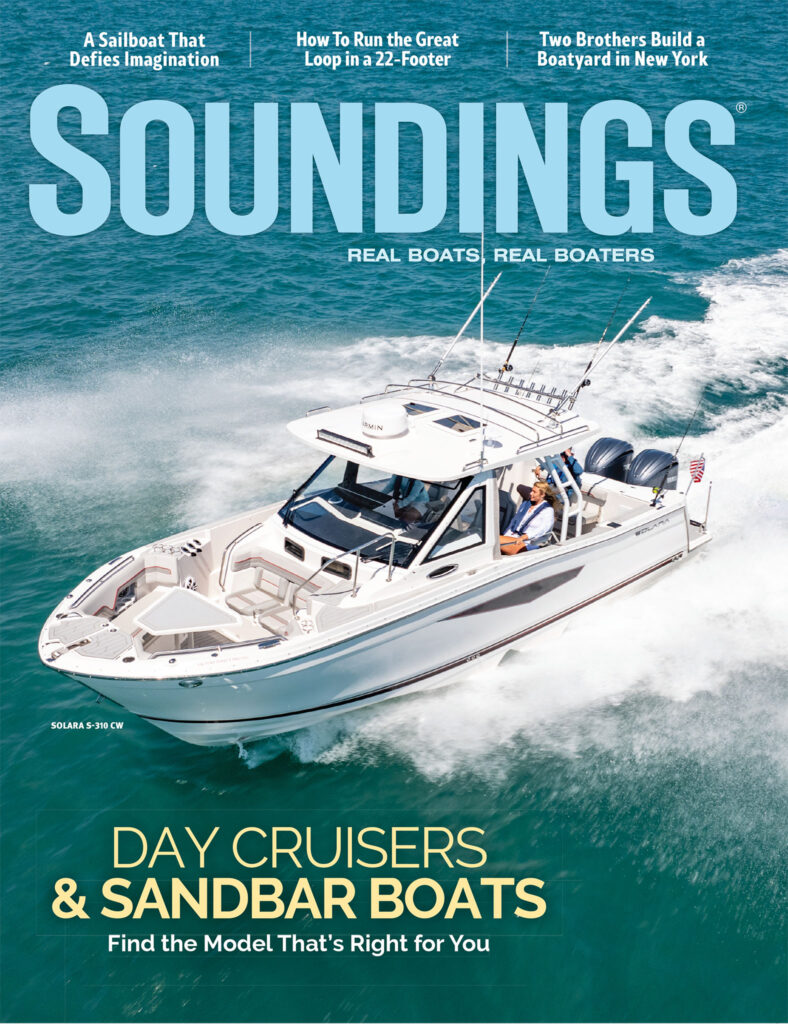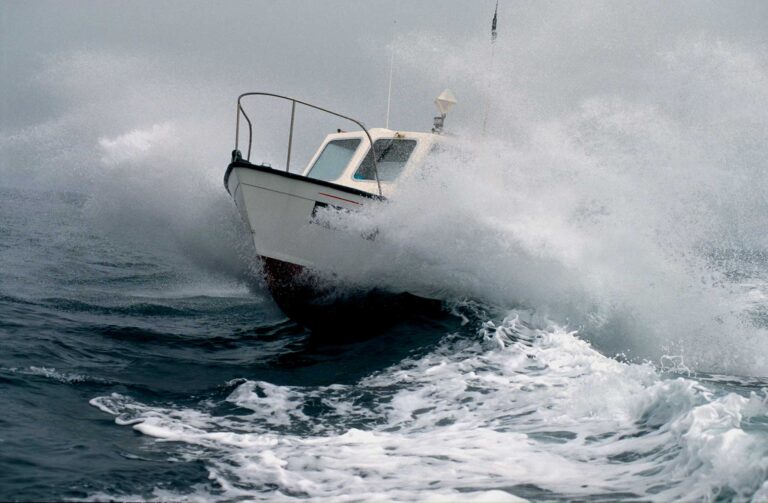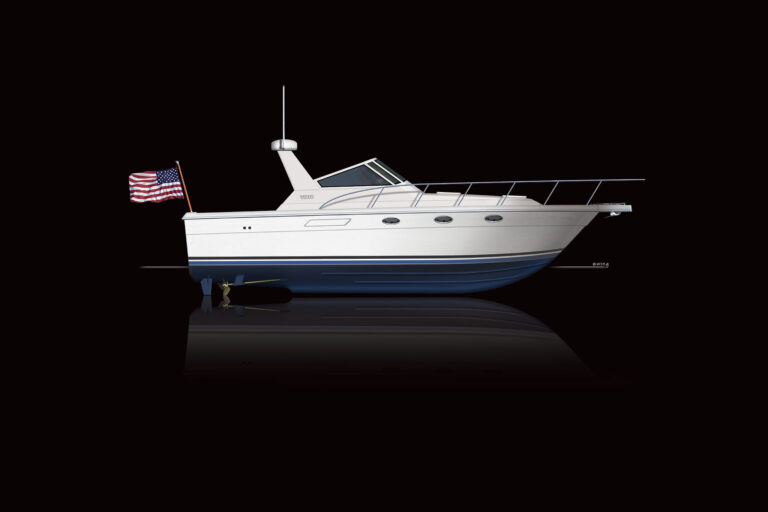NOAA’s National Weather Service today predicted another above-normal hurricane season in the Atlantic basin. At a news conference held in Jefferson Parish, Louisiana, marking 20 years since Hurricane Katrina, National Weather Service Director Ken Graham said forecasters expect 13 to 19 named storms, with six to 10 of those becoming hurricanes and three to five becoming Category 3, 4, or 5 hurricanes with winds more than 111 mph.
NWS is predicting a 60% probability for an above normal season, 30% near normal, and 10% below normal. Graham noted 70% confidence in the ranges.
Contributing factors are higher than normal sea surface temperatures in the Atlantic, forecasts for weak wind shear, an active West African monsoon—where many Atlantic basin storms are born—and a neutral phase of ENSO, the collective name for the tropical Pacific weather pattern El Niño/Southern Oscillation. This pattern causes recurring changes in water temperatures in the central and eastern tropical Pacific, resulting in the extremes of El Niño (above average sea surface temperatures) and La Niña (lower average temperatures). Both extremes can have a major influence on weather in the U.S. and elsewhere. Currently, the ENSO cycle is in a neutral phase, meaning Pacific temperatures are about average.
“This hurricane season also features the potential for a northward shift of the West African monsoon, producing tropical waves that seed some of the strongest and most long-lived Atlantic storms,” NOAA noted on its website.
Matt Rosencrans, lead hurricane seasonal forecaster, said Atlantic sea surface temperatures (SSTs) “are expected to be above normal, but not as warm as in 2024. Currently, North Atlantic (From the equator to the 70 degrees North) SSTs are at the 67th percentile, so just into the above-normal category.” The tropics, Caribbean, and Gulf of Mexico are warmer than normal—at the 79th percentile—but cooler than last year, the second warmest since 1980 (2023 being the warmest).
Asked how much of a factor climate change is in the elevated Atlantic sea temperatures, Graham said, “When you have a planet that’s warmer, you look at the ocean temperatures to be impacted by that.” Heavier rainfall rates are also a reflection of a warmer planet causing the atmosphere to hold more moisture. “The biggest evidence we see is looking at that heavy rainfall.”
Graham stressed that people shouldn’t just gauge a storm based on its category, a number that is determined by only one factor—wind strength. Rather, they should look at the potential impacts beyond wind including storm surge, rip currents, and inland flooding, such as that which destroyed so much of Western North Carolina in Hurricane Helene. Helene, a Category 4 when it hit Florida, was a tropical storm when it arrived in North Carolina. That distinction didn’t diminish its devastation.
“There’s no such thing as ‘Hurricane Justa,’ ” he said. “No such thing as just a Category 1, just a Category 2, Category 3. Every one of them is different.” A Category 1 storm, he said, can be slow and prolonged, causing just as much devastation as a higher category storm that moves more quickly.
Likewise, he said, people should understand that the NWS cone graphic is “a cone of error; it’s where we expect the storm to be two thirds of the time. One third of the time it’s outside the cone.” And, he noted, the impacts extend well beyond the cone.
As it continues to improve its modeling, he says, NOAA is updating the forecast cone to be ever more precise: “The better we get, the smaller the cone, and now we’re adding the inland watches and warnings, outside the cone.”
Officials noted several new and improved products to help emergency planners and people prep for and respond to storms. These include again issuing an experimental version of the forecast cone graphic “that includes a depiction of inland tropical storm and hurricane watches and warnings in effect for the continental U.S. New for this year, the graphic will highlight areas where a hurricane watch and tropical storm warning are simultaneously in effect.”
The NOAA model called HAFS—Hurricane Analysis and Forecast System—is being upgraded to add “another 5% improvement of tracking and intensity forecasts that will help forecasters provide more accurate watches and warnings.” Graham noted that HAFS and other models are getting better at dealing with rapid intensification.
“The strongest hurricanes are the ones that develop the fastest,” he said. “Every Category 5 that’s ever hit the U.S. was a tropical storm or less three days prior. The big ones that hit this country are fast.”
“The HAFS model and other models are really getting a handle on this thing…Helene was forecast to be a major hurricane before it was even a depression. We were able to have the confidence in our modeling to say, we’re going to issue a cone, issue our products, based on a clump of clouds. And we were right on the money.”
Being able to confidently issue those warnings “before a storm even develops up to 72 hours” is especially important with rapid-intensification storms, he said.
In early August, NOAA will update the hurricane outlook forecast just before the start of the peak part of the season, which runs from June 1 through November 30.










